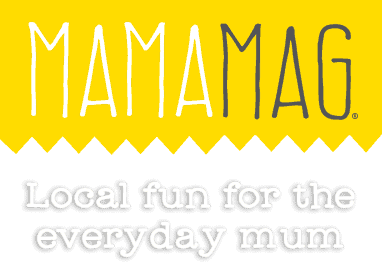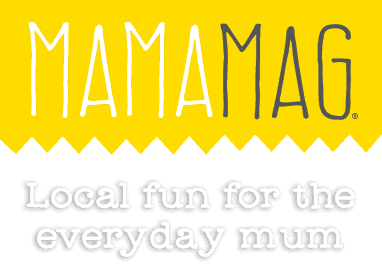Love to camp and want to take your four legged friend with you?
As COVID-19 restrictions begin to lift across the country, Melbourne pet parents are itching to get back to the great outdoors and enjoy some well-deserved fresh air with their dog. To get the most of your camping adventure and ensure a safe and enjoyable trip for everyone, we recommend following the below safety tips and checklist.
Getting lost, ticks and open fires all pose risks to pets when camping. To ensure your pet can be quickly returned if they wander to another campsite, include your mobile number on their collar ID tag.
If your pet manages to escape and get themselves extra lost or there is no mobile reception, a microchip with up-to-date contact details will be crucial to their safe return.
Snakes and ticks are common in Australia and can make your pet dangerously ill. Always be on the lookout for snakes and ensure your dog has had the correct flea and tick protection before leaving and remain vigilant while away.
There are two common species of ticks seen in Australia, the most notable the paralysis tick, found in bushy coastal areas along the eastern seaboard of Australia from north Queensland to Eastern Victoria.
Symptoms of tick poisoning include changes to bark, lethargy, vomiting and muscular paralysis, usually starting in the hind legs.
If you suspect your dog may have tick poisoning or if you find a tick on your pet, seek veterinary attention immediately.
“Dogs that like to explore are at greater risk of being bitten by a snake. Symptoms of a snake bite include lethargy, drooling, wobbliness and vomiting,”
Dr Marjorie Au

Pets, like humans, can become injured and ill while exploring the great outdoors, and may need immediate assistance.
Make sure you pack a first-aid kit for the trip, prioritising a water bottle to prevent dehydration, and a towel, which can be very useful as a bandage, sling or even stretcher.
You should also include bandages and dressings to cover wounds, iodine based antiseptic cream, gloves, scissors, and tweezers to remove splinters, grass seeds or ticks. Saline should be packed in case you need to wash your pet’s eyes, shampoo for a general wash and pet sunscreen to protect hairless areas like around the nose and on the belly.
Finally, while there’s nothing like cuddling up in front of a fire, you must ensure your dog is far enough from the flames to avoid burns and sparks and is not in the direct line of smoke.
Even once extinguished, keep dogs away as the firepit may retain heat and can contain unsafe debris like food and foil wrap.
In short, being prepared and knowing what to look out for is the key to having a safe and enjoyable canine camping trip.
By Dr Marjorie Au, vet at PETstock
Travel Checklist
Pre-trip:
Visit to vet for check-up and ensure vaccinations are up to date
Ensure pet is covered by the correct tick and flea protection
Microchip and ID tag details are up to date
Purchase or renew pet insurance
To take on trip:
Travel crate, harness or booster seat
Portable water bowl and bottle (and water!)
Food bowl, food and treats
Collar and lead
Poop bags
Toys
Brush and shampoo (in case your dog rolls in something particularly nasty!)
Warm/waterproof jacket
Bed and blanket
Towels
First aid kit and any medications
Pet sunscreen
Dog lifejacket (if planning water activities)
Cooling or heating mat (pending weather)




